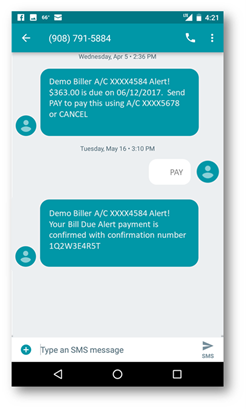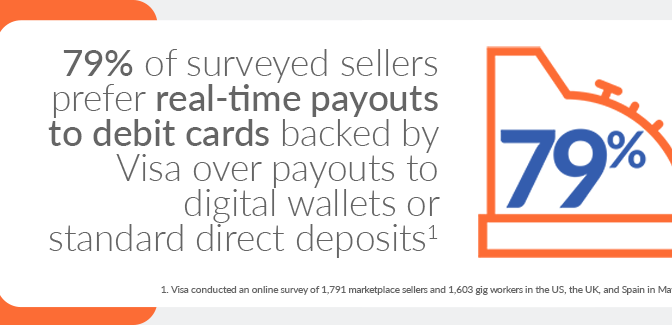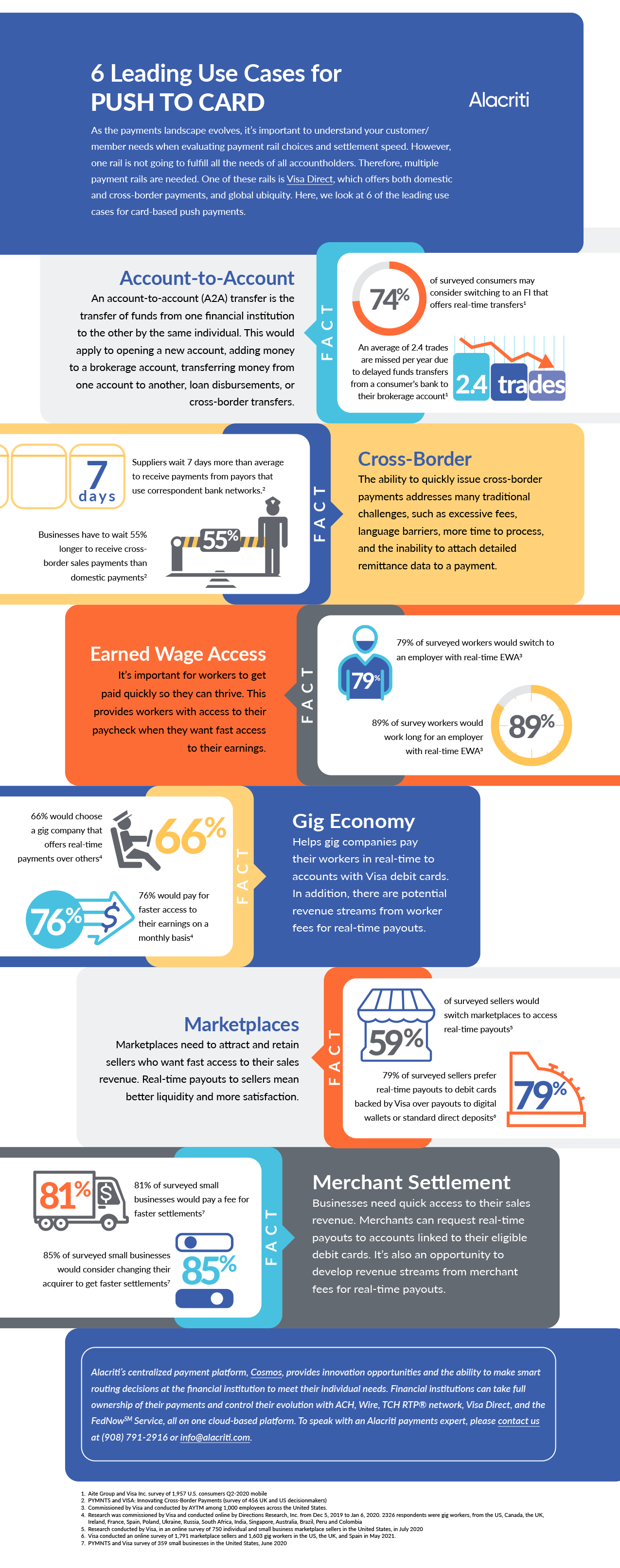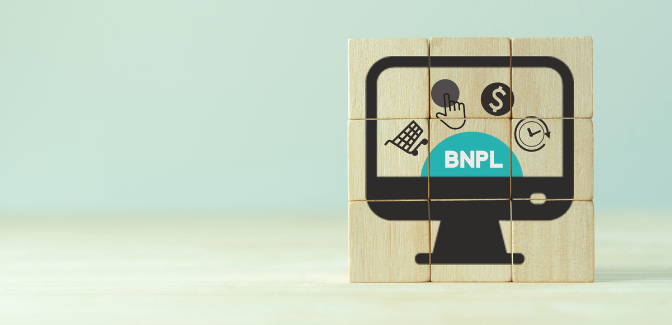*Originally submitted by Mercator Advisory Group
As instant payments grow worldwide, so do the opportunities for fraudsters to strike. In a recent webinar with Alacriti, Mark Majeske, Senior Vice President of Faster Payments at Alacriti, and Brian Riley, Co-Head of Payments Research at Mercator Advisory Group, discussed what financial institutions and other organizations can do to mitigate fraud amid the widespread adoption of real-time payments.
Faster Payments = Faster Clearance
Faster payments have been a mainstay in Europe for roughly a decade, and their adoption is rising in the U.S.
“Faster payments is an emerging trend in the U.S.,” said Riley. “The clearance will speed up in a short period of time — from a difficult three-day period to minutes in most cases. One of the challenges is that you still have the same requirements to manage fraud, but now it’s in a shorter period of time. And that’s significant.”
“When we look at payment growth through the next decade, we see real-time payments hitting close to $5 trillion by 2023,” he added.
Regardless of the narrow margin of time given to catch fraud, businesses must still grapple with the four common types of fraud, including synthetic fraud, account takeover, unauthorized use, and authorized use. Sifting through the various distinctions of each category of fraud and knowing their risk is critical, as is getting familiar with all aspects of these risks and compiling them together to form an effective strategy.
Nimbleness Is Key in Detecting Fraud
The modus operandi of fraudsters involves finding an entryway into a system until the user makes a change, at which point, the fraudster course-corrects and figures out what the change was. Artificial intelligence (AI) and machine learning (ML) can easily pick up on these changes.
“What AI and machine learning does is identify deltas or changes in patterns far better than humans can,” said Majeske. “It’s noticing that the fraudsters are doing something different. It enables you to identify that sooner and adjust the tolerance levels of your fraud system to accommodate.”
“Nimbleness is essential when you are dealing with fraud,” added Riley. “In contrast to operational risk, or credit risk, where there is predictable behavior with the customer. Fraud works through the weakest channel. Having a high-impact way that can cross all channels and filter way beyond what a human operator can do is key to getting through the fraud management process.”
Customer Involvement Is Key
One of the most critical and strategic players in fighting fraud is the customer. And, financial institutions have an obligation to communicate that to their customers.
“It’s extremely important that FIs constantly send information and education out to their customers because they are the front line,” said Majeske. “Encourage your customers to look at their transactions. What fraudsters will often do is place a small-dollar-amount transaction just to test to see if you’re watching. They look at when you are paid and when you have the most money in your account.”
This emphasizes a key point that although financial institutions can throw money at countless fraud prevention tools, it’s not a fool-proof solution. Customers must be introduced as key players in the fraud prevention process.
“Customer involvement is important,” said Riley. “Although they are protected, they are subjected to inconvenience. Calibrating the fraud management system is essential to protect against false positives and false negatives that can cloud the situation. Having the customer involved whether it’s sending messages, notifying them of the transaction, or doing routine reviews of their accounts is important.”
Critical Data Points for Fraud Prevention
For many financial institutions, there’s a temptation to gather as much data as possible and then figure out what’s needed. And that’s not necessarily the best approach. Rather, FIs should take the data they currently have and align them with their current model to determine the best strategy.
“Don’t collect data that you don’t need,” said Majeske. “We are looking at transaction-based data — AML [anti-money laundering] controls, channel limits, transaction limits, and individual practices. We also add an analysis on the individual. We’re looking at how many times they change their email address. Do they have a history in another financial institution that might be negative? We combine all that into one rating.”
Current Tactics Banks Have to Prevent Fraud
When it comes to faster payments, it’s critical to first look at your current fraud system. Ensure that it’s competent and has the capability to handle transactions 24/7. Adding additional layers of protection to the current fraud protection tools is also a good practice.
With real-time payments becoming more ubiquitous, financial institutions must look at their current infrastructure and ensure that they are ready to accept real-time payments. Some organizations are only built to handle wire and automated clearing house (ACH) payments. If that’s the case, an upgrade will be required.
“Preventing the problem before it starts is really the way to go,” said Riley, “I agree on having different layers because you are dealing with so many different angles for crime to be committed.”
Addressing Fraud in Real-Time
The fact that real-time payments are happening around the clock, including holidays, changes everything. Whereas wire and ACH payments provide a margin of time to address fraud before they post, this option is gone with real-time payments. With real-time payments, you have seconds to milliseconds to address fraud.
“It’s about capturing the right data, creating a good model, and doing so proactively before the transaction is sent to the network,” said Majeske. “We take this information while the customer is still in session.”
This is why key information is requested from customers up front, as it informs the bank before they make a decision.
“Having an orchestrated fraud strategy that addresses much of the process with artificial intelligence is the most effective way to go,” said Riley.
Alacriti offers a payments as a service model (PaaS). It’s cloud-based and can easily integrate with many banking cores. It also has an open application programming interface (API), is ISO 20022 native, and includes smart routing.
The benefits to adopting this solution are that it grants both banks and credit unions access to all currently available payment rails. They include ACH, the FedNowSM Service, and The Clearing House real-time payments (TCH RTP®) network. Alacriti offers protection on all the available rails.
Banks and other financial institutions really need to look carefully at their current enterprise fraud system to determine whether they need to make significant updates to truly accommodate real-time payments.
To learn more about real-time payments fraud prevention, watch the full webinar, Fraud Prevention in a World of Instant Payments, featuring Mercator and Alacriti.
Alacriti’s centralized payment platform, Orbipay Payments Hub, provides innovation opportunities and the ability to make smart routing decisions at the financial institution to meet their individual needs. Financial institutions can take full ownership of their payments and control their evolution with ACH, Wire, TCH’s RTP® network, Visa Direct, and the FedNowSM Service, all on one cloud-based platform. To speak with an Alacriti payments expert, please contact us at (908) 791-2916 or info@alacriti.com.























